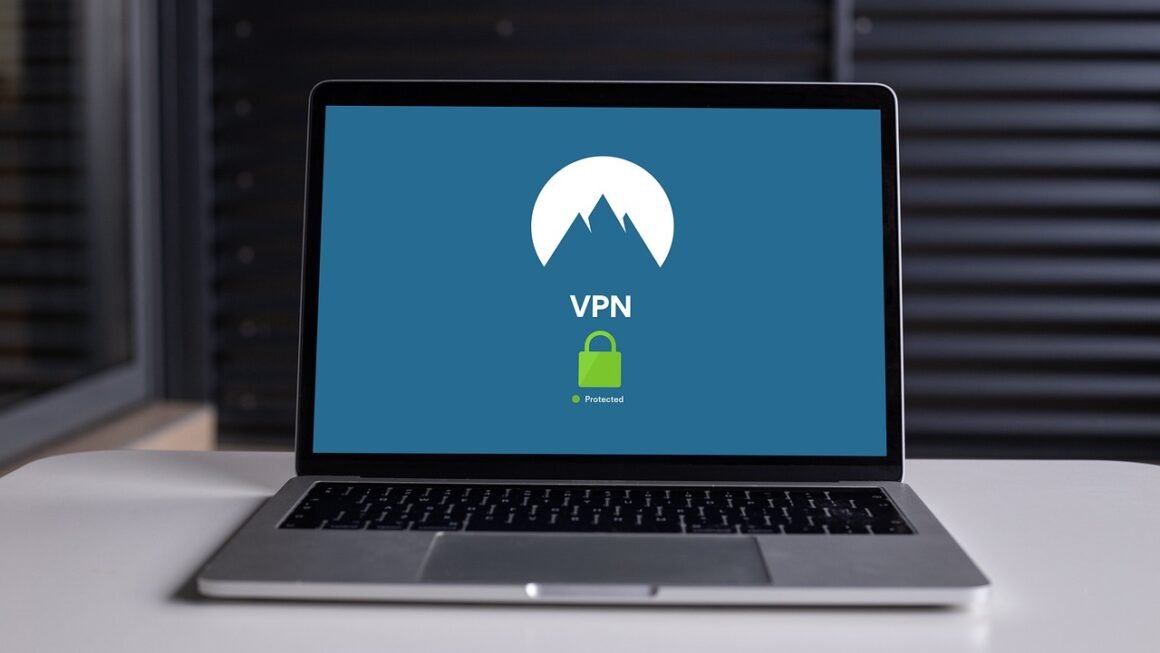Imagine waking up to news that your organization has been breached. Data is compromised, systems are down, and panic starts to set in. This scenario, unfortunately, is becoming increasingly common in today’s digital landscape. That’s why having a robust incident response plan in place isn’t just a good idea – it’s a necessity. A well-defined incident response plan can significantly minimize damage, speed up recovery, and preserve your organization’s reputation. This blog post will delve into the key aspects of incident response, providing you with the knowledge and actionable steps to build a solid strategy.
What is Incident Response?
Defining Incident Response
Incident response is the organized approach an organization takes to address and manage the aftermath of a security breach or cyberattack. It’s not just about reacting to an incident; it’s about proactively preparing for potential threats, detecting incidents early, containing the damage, eradicating the threat, and recovering systems and data. It’s a lifecycle approach that ensures business continuity and minimizes the impact of security incidents.
The Importance of Incident Response
Without a well-defined incident response plan, organizations risk prolonged downtime, significant financial losses, legal liabilities, and reputational damage. According to IBM’s Cost of a Data Breach Report 2023, the global average cost of a data breach reached $4.45 million. A swift and effective incident response can drastically reduce these costs and prevent further escalation.
- Reduced Downtime: A well-rehearsed plan allows for quicker recovery and minimized operational disruption.
- Cost Savings: Containment and eradication of threats early on can prevent the spread of the incident, reducing associated costs.
- Preserved Reputation: Transparent and effective communication with stakeholders maintains trust and minimizes reputational damage.
- Compliance: Many regulations, like GDPR and HIPAA, mandate incident response plans and procedures.
- Improved Security Posture: Analyzing past incidents helps identify vulnerabilities and improve overall security defenses.
Types of Incidents Requiring a Response
A comprehensive incident response plan should address a wide range of potential security incidents, including:
- Malware Infections: Viruses, ransomware, Trojans, and other malicious software.
- Data Breaches: Unauthorized access to sensitive data, leading to its theft or exposure.
- Denial-of-Service (DoS) Attacks: Disrupting network services and preventing legitimate users from accessing resources.
- Phishing Attacks: Deceptive emails or websites designed to steal credentials or sensitive information.
- Insider Threats: Malicious or unintentional actions by employees or contractors that compromise security.
- Physical Security Breaches: Unauthorized access to physical facilities or equipment.
The Incident Response Lifecycle
Preparation
Preparation is the cornerstone of a successful incident response program. This phase involves establishing policies, procedures, and resources to effectively handle incidents.
- Develop an Incident Response Plan (IRP): A detailed document outlining the steps to be taken in the event of a security incident. This should include roles and responsibilities, communication protocols, and escalation procedures.
- Identify Critical Assets: Determine which systems and data are most vital to the organization’s operations and prioritize their protection.
- Establish Communication Channels: Define clear channels for communication between incident response team members, stakeholders, and external parties.
- Invest in Security Tools and Technologies: Deploy security information and event management (SIEM) systems, intrusion detection systems (IDS), and other tools to detect and prevent incidents.
- Conduct Regular Training and Awareness Programs: Educate employees about security threats and best practices to prevent incidents from occurring in the first place. Run simulations to test the effectiveness of the IRP and identify areas for improvement.
- Document Everything: Maintain accurate records of all policies, procedures, and security configurations.
Detection and Analysis
This phase focuses on identifying and analyzing potential security incidents to determine their scope and impact.
- Implement Monitoring and Alerting Systems: Use SIEM and other security tools to monitor network traffic, system logs, and user activity for suspicious behavior.
- Establish Clear Alerting Thresholds: Define criteria for triggering alerts based on the severity of the potential incident.
- Investigate Alerts Promptly: Respond to alerts quickly and thoroughly to determine if an incident has occurred.
- Gather Evidence: Collect and preserve evidence related to the incident, such as logs, network traffic, and affected files.
- Analyze the Scope and Impact: Determine the extent of the breach, the systems and data affected, and the potential business impact.
- Example: If a SIEM detects multiple failed login attempts from a single IP address, it should trigger an alert. The incident response team should then investigate the IP address and the user account to determine if a brute-force attack is underway.
Containment
The primary goal of containment is to prevent the incident from spreading and causing further damage.
- Isolate Affected Systems: Disconnect compromised systems from the network to prevent them from infecting other systems.
- Implement Segmentation: Use network segmentation to limit the spread of the incident.
- Disable Compromised Accounts: Disable user accounts that have been compromised to prevent further unauthorized access.
- Block Malicious Traffic: Use firewalls and intrusion prevention systems (IPS) to block malicious traffic.
- Quarantine Infected Files: Isolate infected files to prevent them from spreading.
- Example: If a ransomware attack is detected, immediately disconnect the infected systems from the network and isolate any shared drives to prevent the ransomware from spreading to other devices.
Eradication
Eradication involves removing the root cause of the incident and restoring systems to a secure state.
- Identify the Root Cause: Determine how the incident occurred, such as a vulnerability, a misconfiguration, or a phishing attack.
- Patch Vulnerabilities: Apply security patches to address vulnerabilities that were exploited during the incident.
- Remove Malware: Use anti-malware tools to remove malware from infected systems.
- Rebuild Systems: In some cases, it may be necessary to rebuild compromised systems from scratch.
- Update Security Controls: Implement stronger security controls to prevent similar incidents from occurring in the future.
- Example: After a data breach caused by a SQL injection vulnerability, patch the vulnerability in the web application and implement a web application firewall (WAF) to prevent future attacks.
Recovery
Recovery focuses on restoring systems and data to normal operations as quickly as possible.
- Restore from Backups: Restore affected systems and data from backups. Ensure backups are verified and tested regularly.
- Test Restored Systems: Thoroughly test restored systems to ensure they are functioning properly and are secure.
- Monitor Systems Closely: Continuously monitor systems for any signs of recurrence.
- Communicate with Stakeholders: Keep stakeholders informed about the progress of the recovery efforts.
- Example: Following a successful eradication of ransomware, restore the encrypted files from a clean backup. Verify the integrity of the restored data and monitor the systems for any signs of reinfection.
Lessons Learned
This final phase involves documenting the incident and analyzing the response to identify areas for improvement.
- Conduct a Post-Incident Review: Gather the incident response team and other stakeholders to discuss the incident and the response.
- Document the Incident: Create a detailed report documenting the incident, the response, and the lessons learned.
- Identify Strengths and Weaknesses: Identify what went well during the response and what could have been done better.
- Update the Incident Response Plan: Revise the incident response plan based on the lessons learned.
- Implement Corrective Actions: Take steps to address any vulnerabilities or weaknesses identified during the review.
- Example: After resolving a phishing attack, the lessons learned review might identify a need for more comprehensive employee security awareness training and improved email filtering to prevent similar attacks in the future.
Conclusion
A comprehensive and well-executed incident response plan is crucial for protecting your organization from the devastating consequences of security breaches. By implementing the steps outlined in this blog post, you can build a robust incident response program that minimizes damage, speeds up recovery, and strengthens your overall security posture. Remember that incident response is an ongoing process that requires continuous improvement and adaptation to the evolving threat landscape. Invest the time and resources necessary to develop and maintain a solid incident response plan – it’s an investment that will pay off in the long run.



